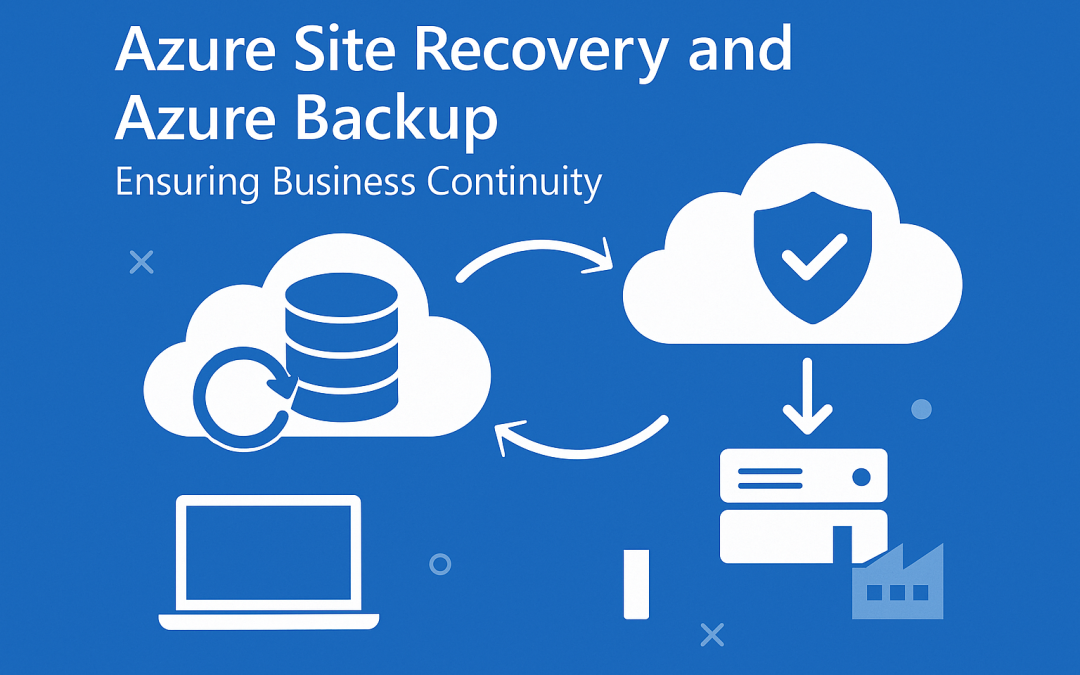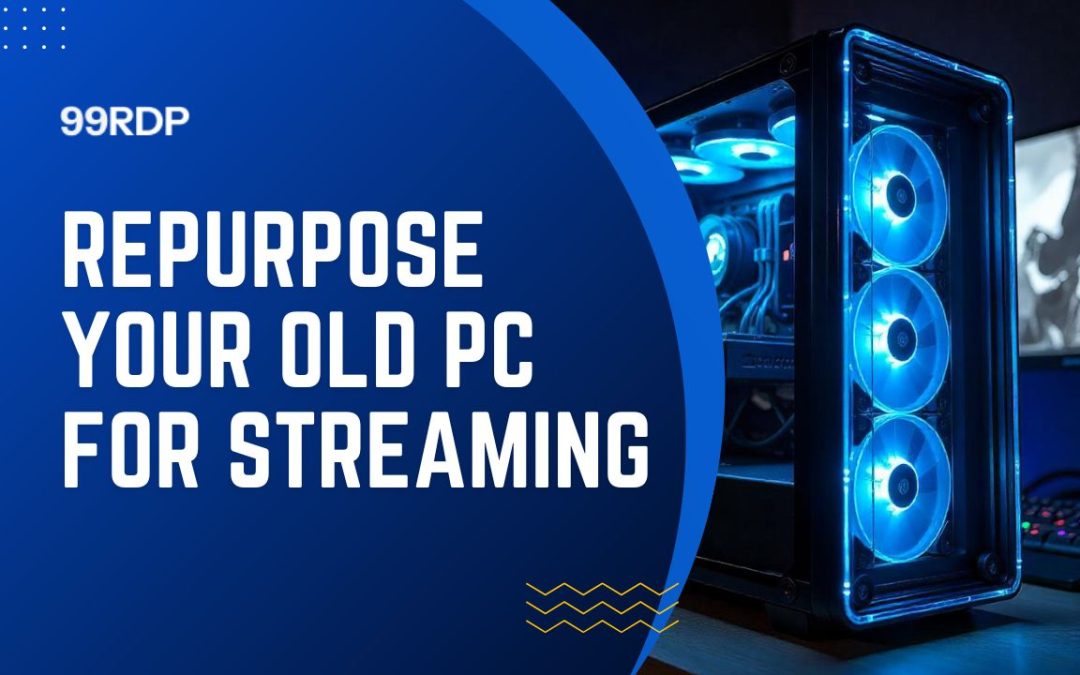
How to Install a Linux Distribution on WSL (Windows Subsystem for Linux): A Step-by-Step Guide
The Windows Subsystem for Linux (WSL) has revolutionized how developers and enthusiasts interact with Linux on Windows. By allowing you to run a full Linux distribution within Windows without the need for a virtual machine or dual-boot setup, WSL provides a powerful and efficient way to explore Linux. This guide walks you through installing a Linux distribution on WSL.
What is WSL?
WSL is a compatibility layer in Windows that allows you to run Linux natively, enabling seamless integration of Linux tools with your Windows environment. With WSL 2, you also get a real Linux kernel for better performance and compatibility.
Prerequisites
- Windows Version: You need Windows 10 (version 2004 or later) or Windows 11.
- Administrative Rights: Ensure you have administrator privileges on your system.
- Internet Connection: Required to download the Linux distribution.
Step 1: Enable WSL
To get started, you need to enable the WSL feature in Windows:
- Open PowerShell as Administrator.
- Run the following command to enable the required features:

This command will:
- Enable the WSL feature.
- Install the virtual machine platform.
- Download and install a default Linux distribution (typically Ubuntu).
- Restart your computer when prompted.
Step 2: Choose and Install a Linux Distribution
If you want to install a specific Linux distribution or add another one:
- Open the Microsoft Store.
- Search for your desired Linux distribution, such as:
- Ubuntu (various versions)
- Debian
- Kali Linux
- Fedora
- openSUSE
- Click Install to download and set up the distribution.
Alternatively, you can use PowerShell to install a specific distribution. For example:
Step 3: Set Up Your Linux Environment
- After installation, launch your Linux distribution either from the Start menu or by typing its name in a terminal.
- The first time you launch the distro, it will complete setup and prompt you to:
- Create a new user.
- Set a password for the user.
- Once completed, you will have access to a Linux terminal.
Step 4: Configure WSL Version
By default, WSL 2 is used. To confirm or change the version for your distribution:
- Check the current version of WSL:

- Set a distribution to WSL 2 (if needed):

Replace
<distro-name>with the name of your distribution. - If you want all future installations to default to WSL 2:

Step 5: Explore Your Linux Distro
Once installed, you can start exploring and using Linux on your Windows machine:
- Access the Linux file system via
/homeor/mnt/cfor Windows drives. - Install packages using the native package manager (e.g.,
apt,dnf, orzypper). - Use Linux tools like
vim,git,curl, andssh.
Tips and Tricks
- Access Linux Files from Windows: Navigate to
\\\\wsl$\\<distro-name>in File Explorer to access your Linux files. - Run Linux Commands in PowerShell: Use
wslfollowed by a command:
- Backup Your Linux Distro: Export your distro for backup or transfer:

- Update Your Linux Kernel: Keep the kernel updated with:

Common Troubleshooting
- Error: “WSL is not enabled”: Make sure the WSL feature is enabled in Windows Features.
- Low Disk Space: Consider resizing the virtual disk used by WSL 2.
- Networking Issues: Restart the
LxssManagerservice or troubleshoot firewall rules.
Conclusion
Installing and running a Linux distribution on WSL is a straightforward process, providing a great way to enjoy the best of both Windows and Linux environments. Whether you’re a developer, sysadmin, or Linux enthusiast, WSL opens doors to new workflows and tools without leaving the comfort of Windows.
Have you tried using WSL? Share your experiences and favorite Linux distributions below!
Install a Linux Distribution on WSL (F.A.Q)
Can I run multiple Linux distributions on WSL?
Yes, you can install and run multiple Linux distributions side by side. Use wsl --list to see installed distributions and launch them independently.
How do I update my Linux distribution on WSL?
Use your distribution’s package manager to update:
For Ubuntu/Debian:
What is the difference between WSL 1 and WSL 2?
- WSL 1: Translates Linux calls to Windows kernel calls (faster file I/O with Windows files).
- WSL 2: Uses a real Linux kernel in a lightweight VM, offering better compatibility and performance.










